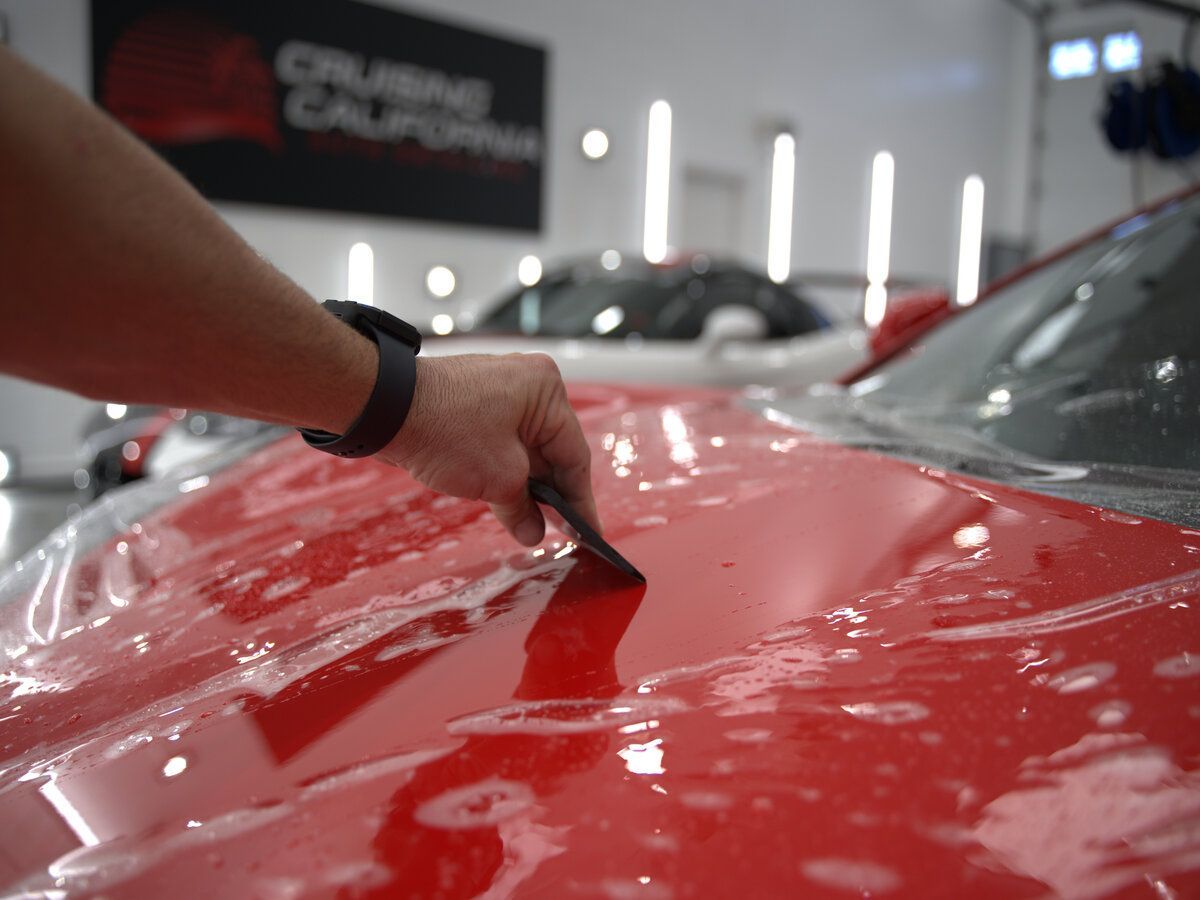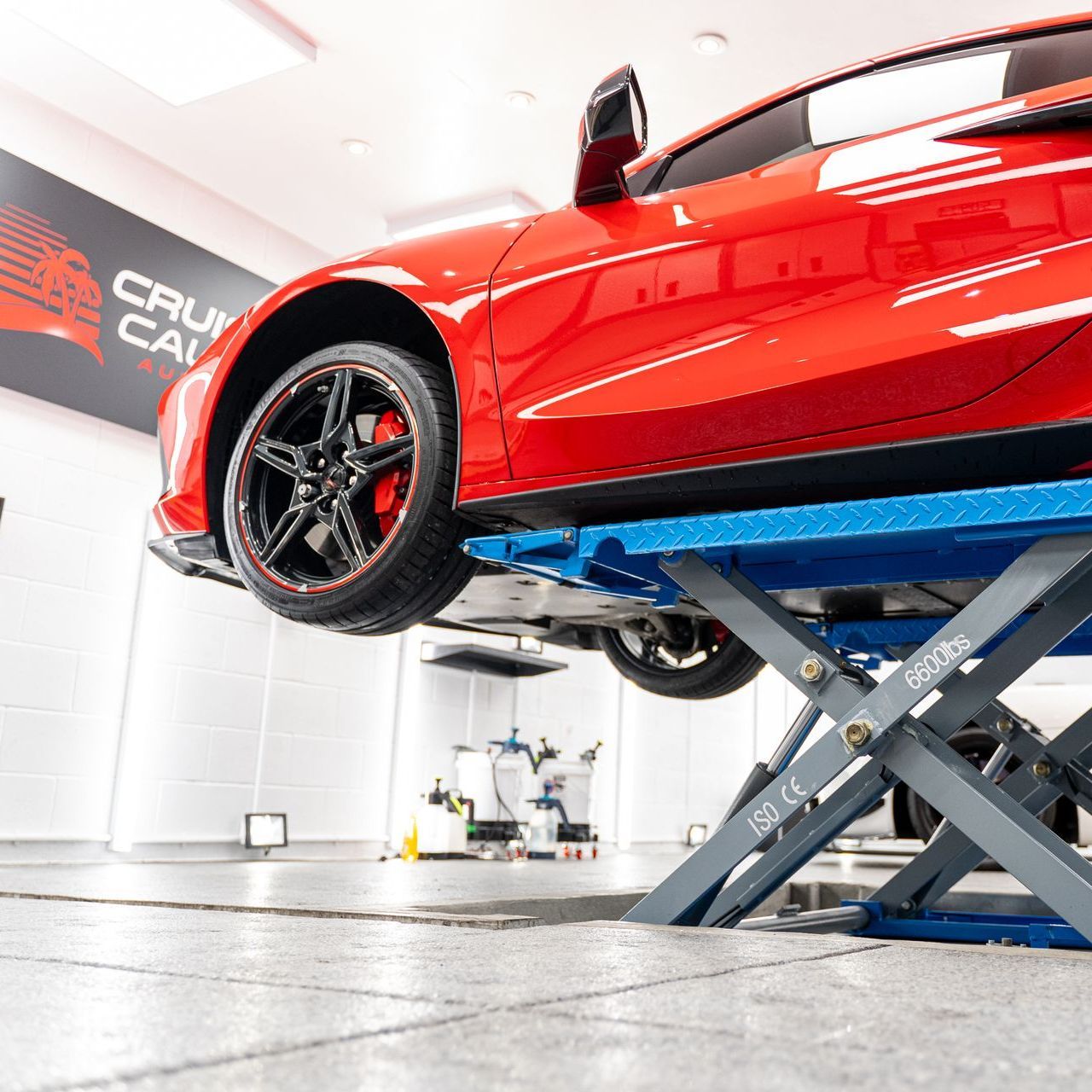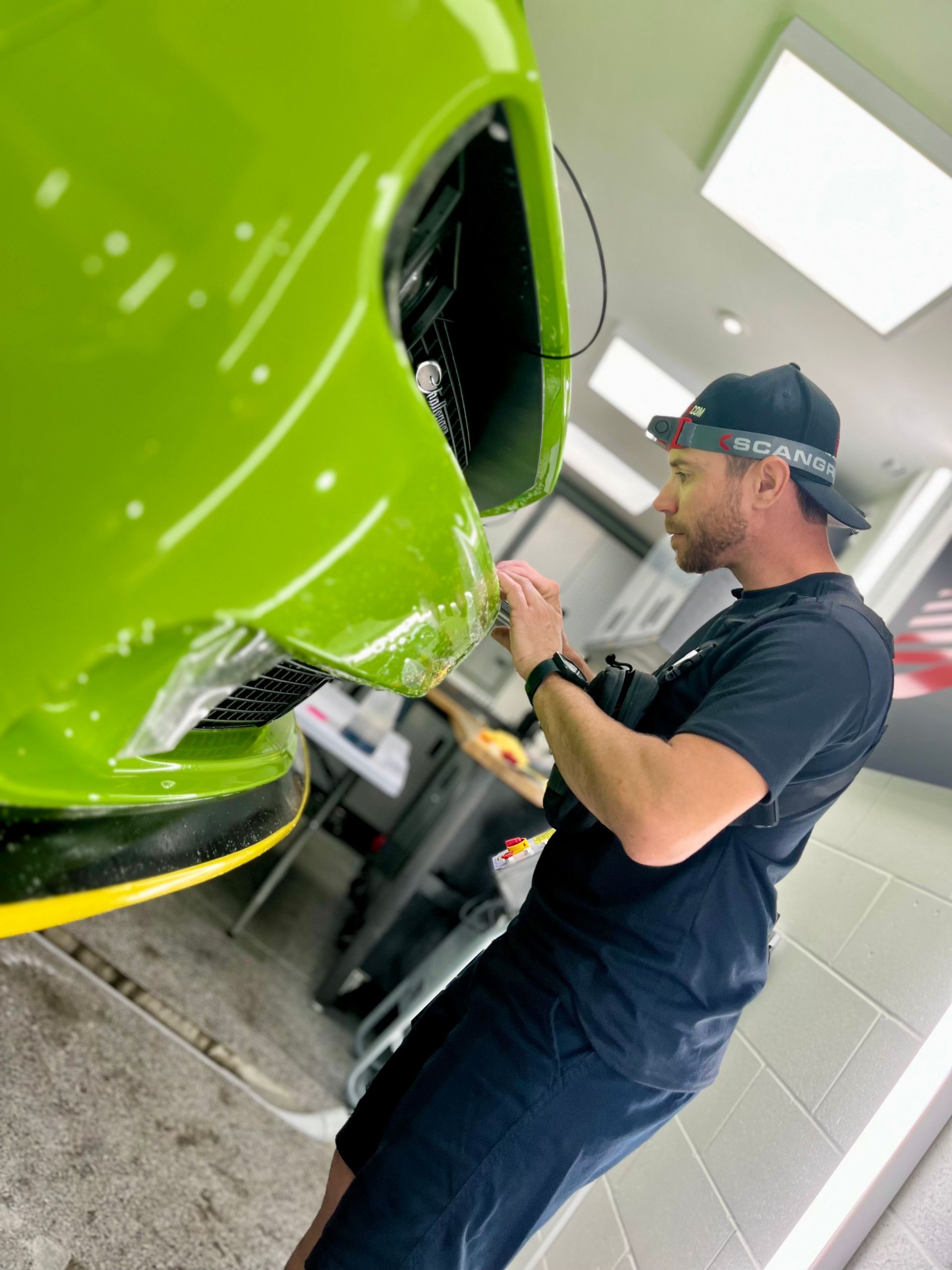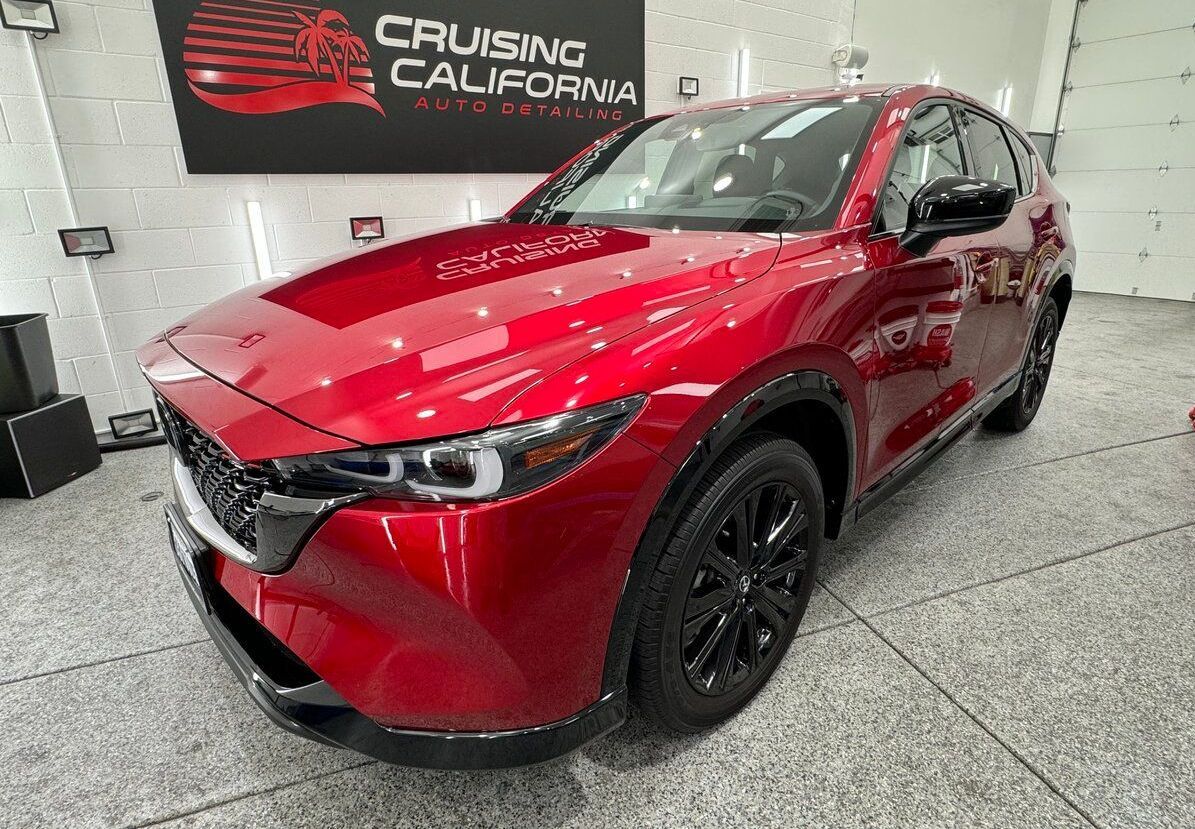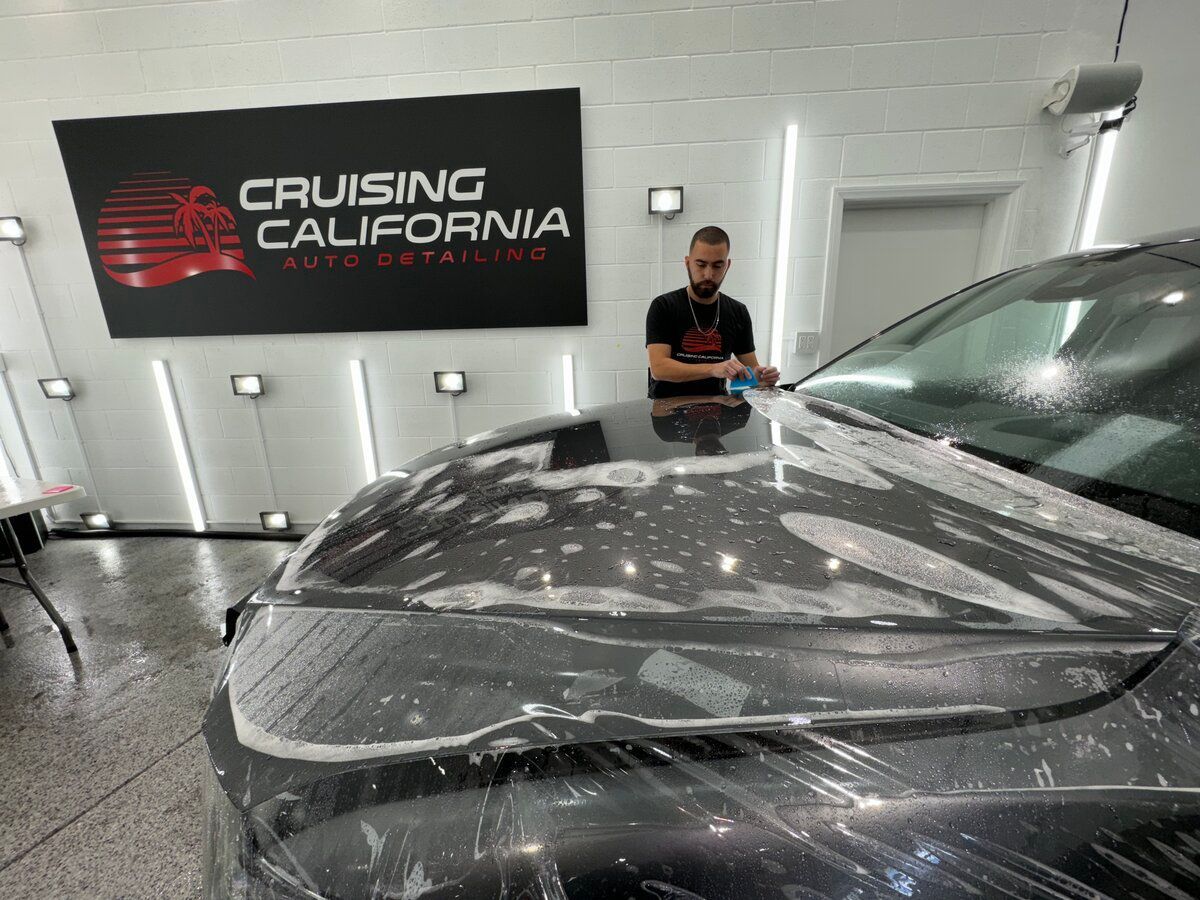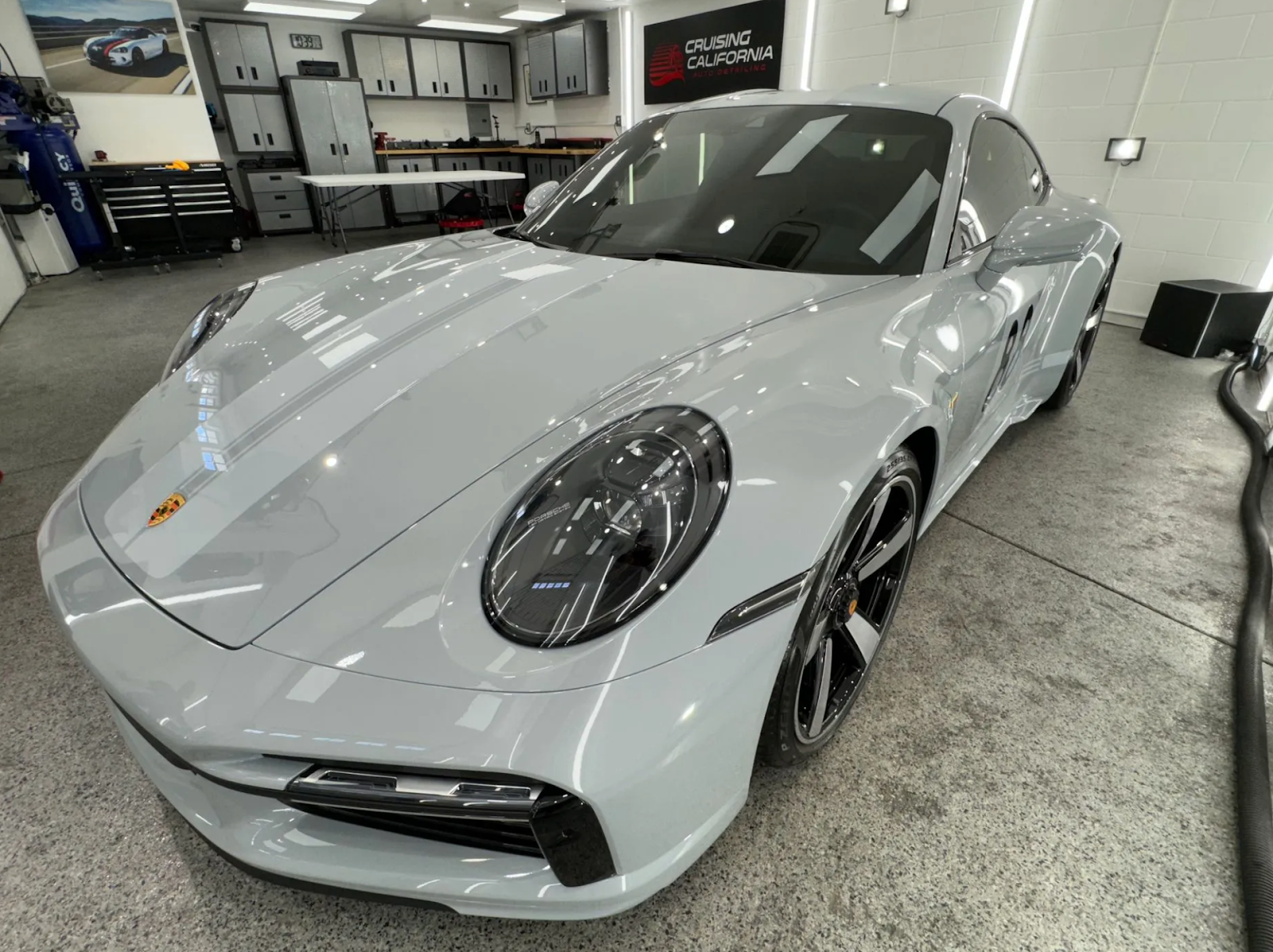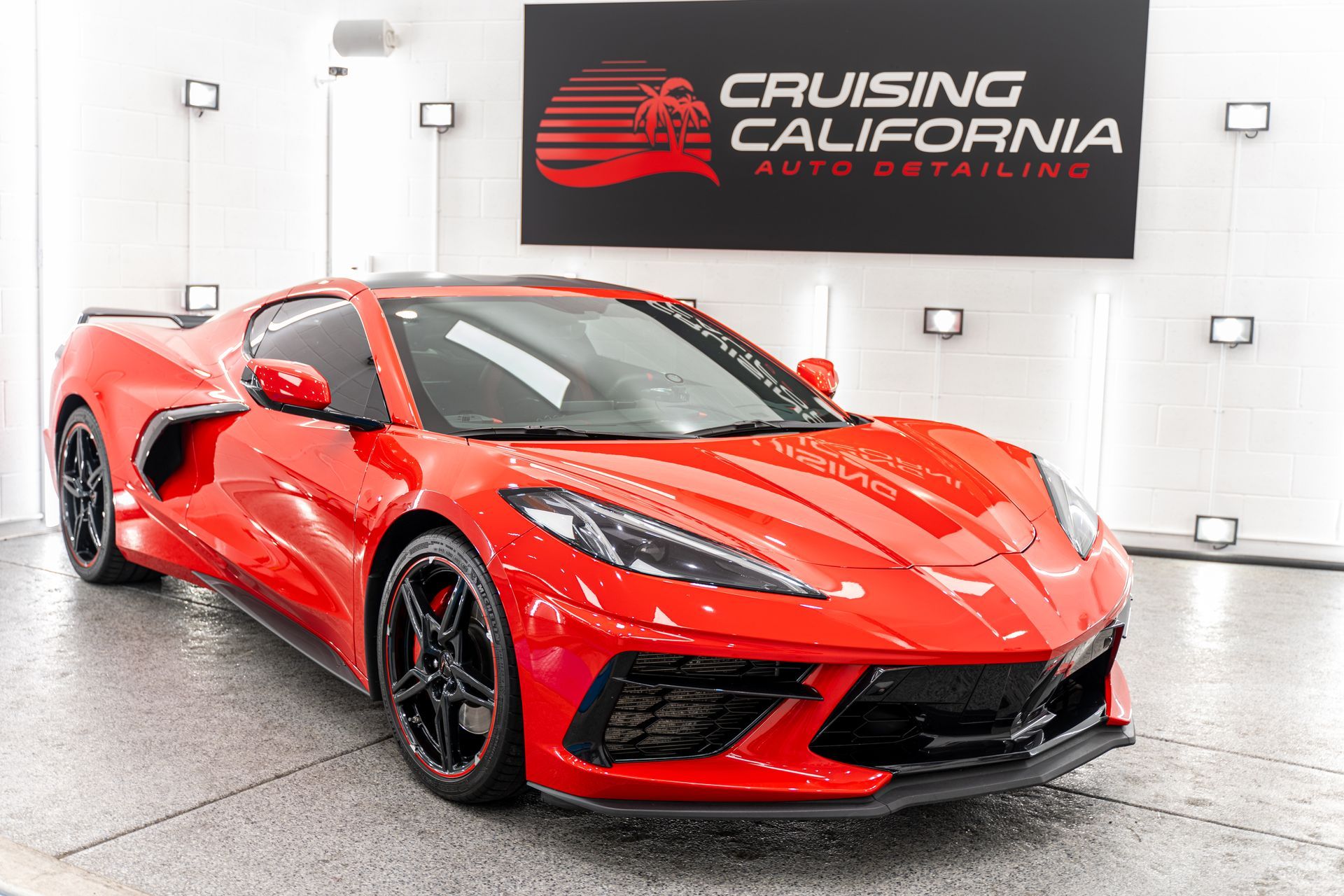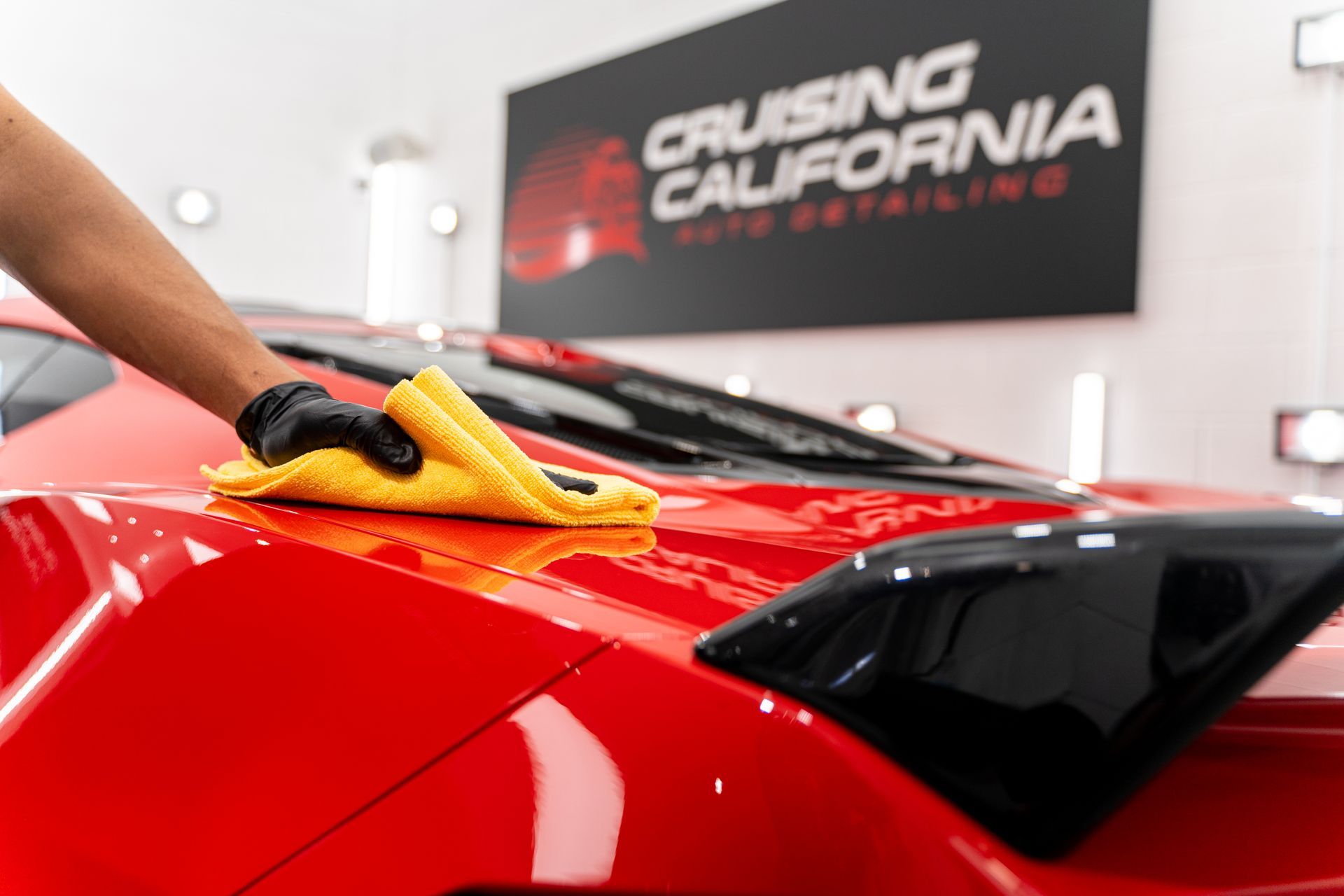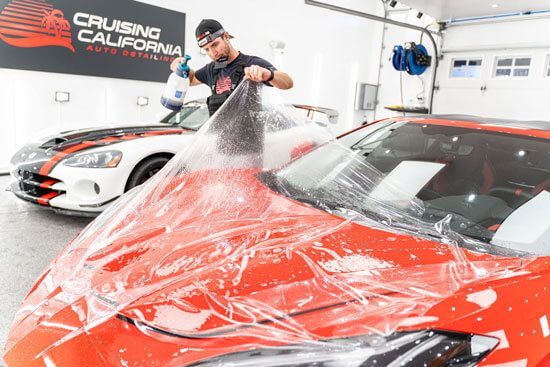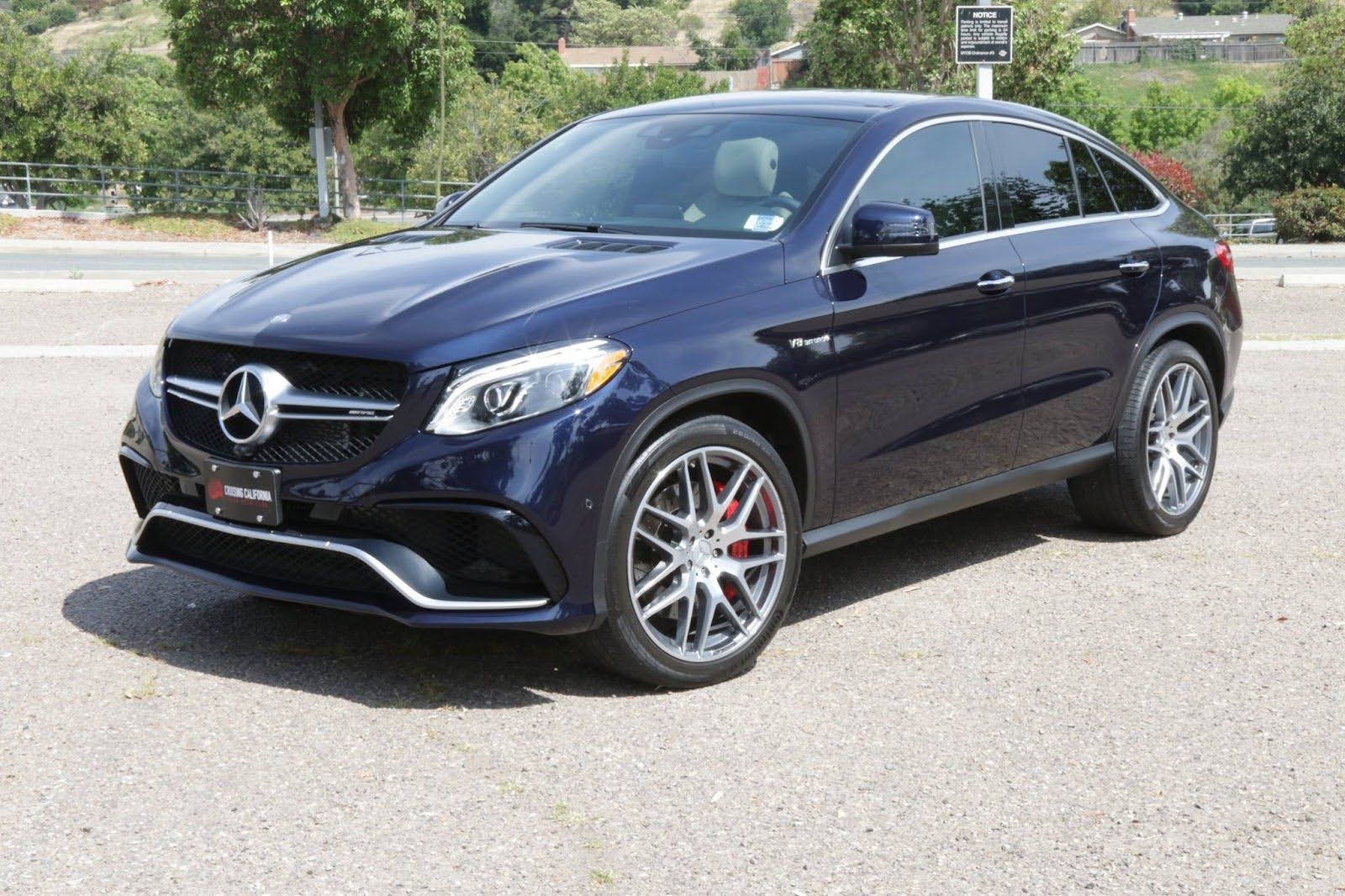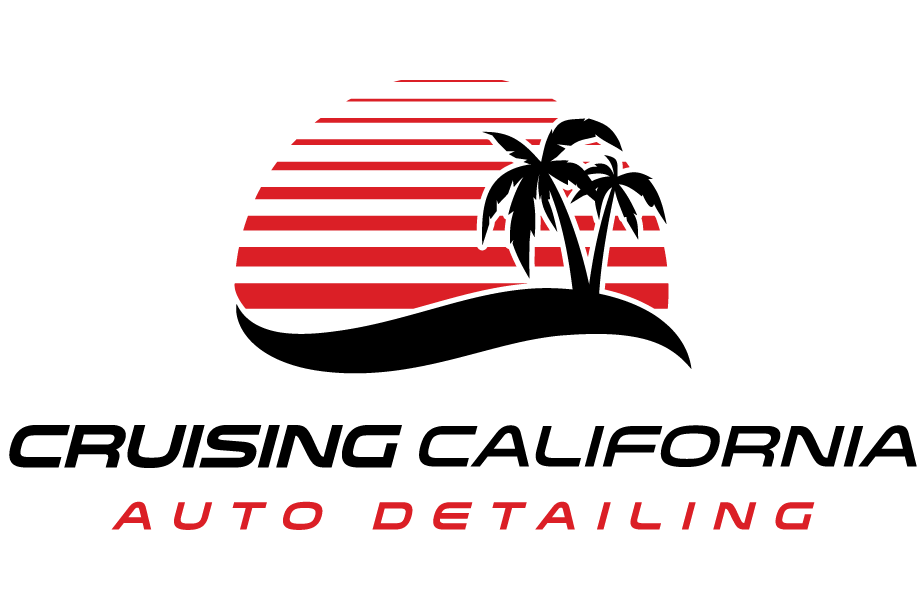Founded in 2010 as a professional vehicle detailing crew and now offering multiple opportunities to train both DIY detailers and professionals alike, CCA Detailing & Ceramic Coating | PPF stands out far among the rest. We harness all the profound, hydrophobic power of ceramic coatings, the self-healing durability of paint protection film packages, and provide both paint correction and vehicle detailing services to maintain everything else about the many makes and models that we work on here in the El Cajon, California area. It is a point of pride for us to bring all of these great vehicle care services to as many customers in our immediate El Cajon area, as well as the surrounding communities, so ALL vehicles have a distinct opportunity to shine!
Quick Links
OUR LOCATION
677 La Sombra Dr, El Cajon, CA 92020, United States of America
CONTACT US
PHONE:
(619) 916-6157

